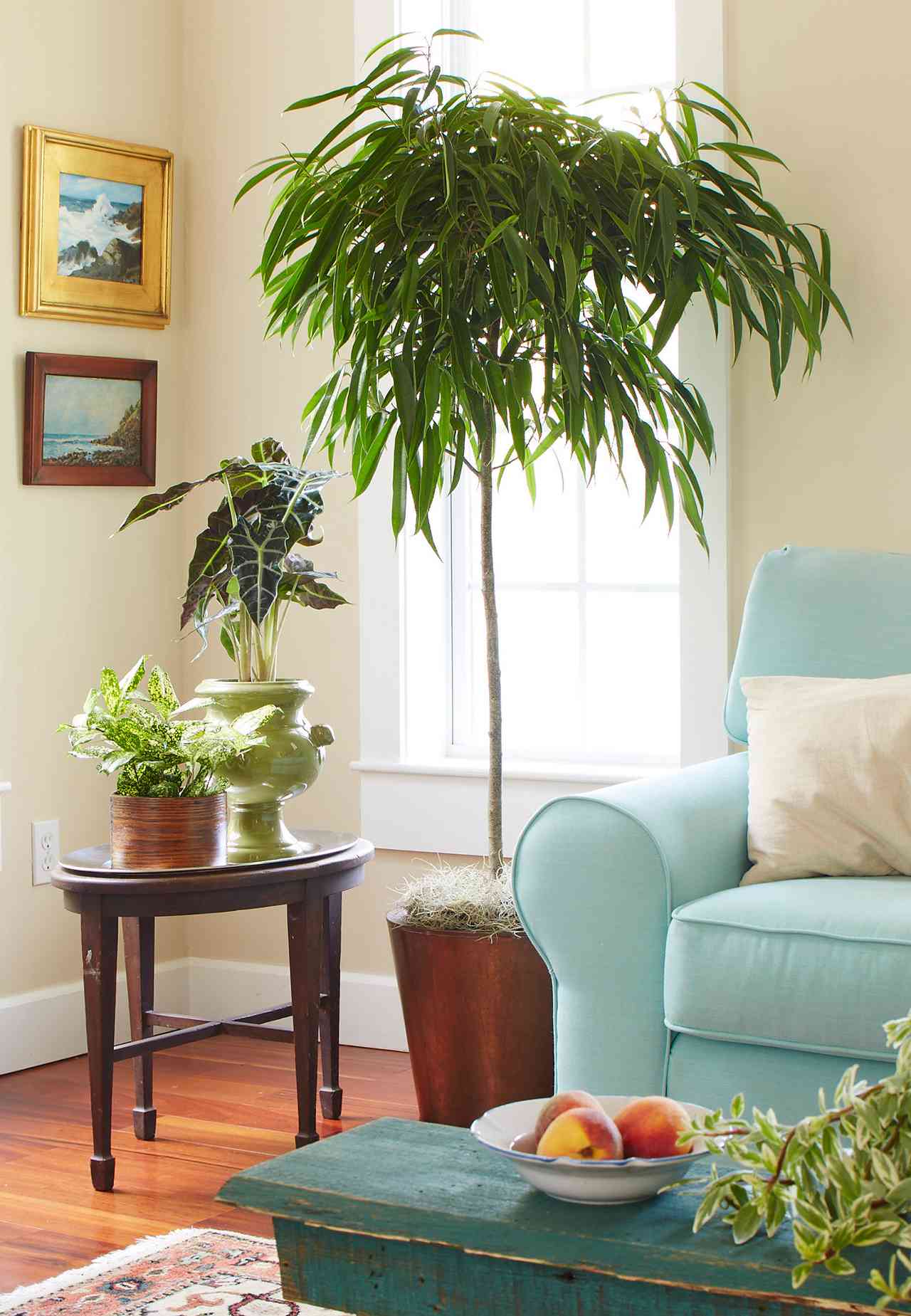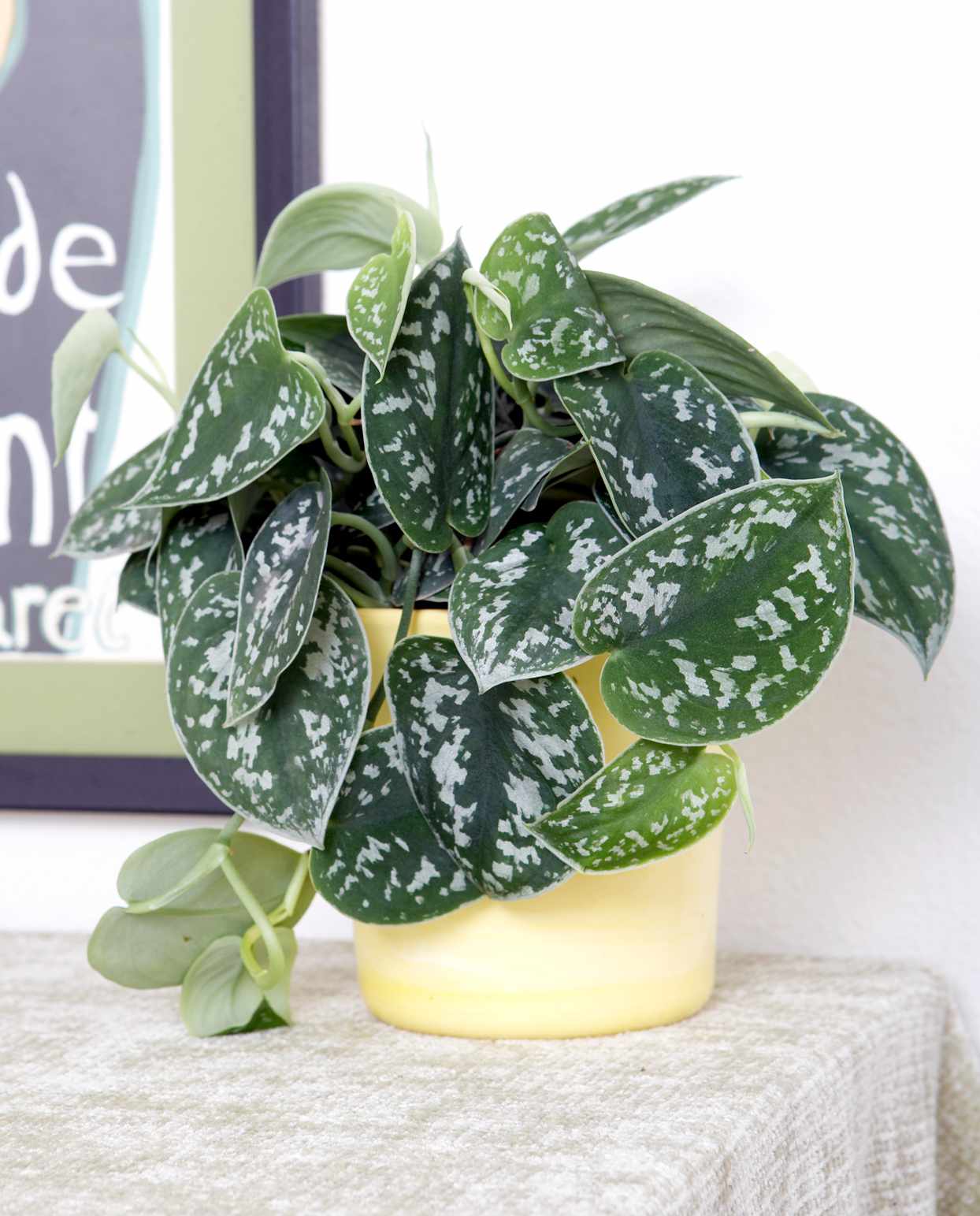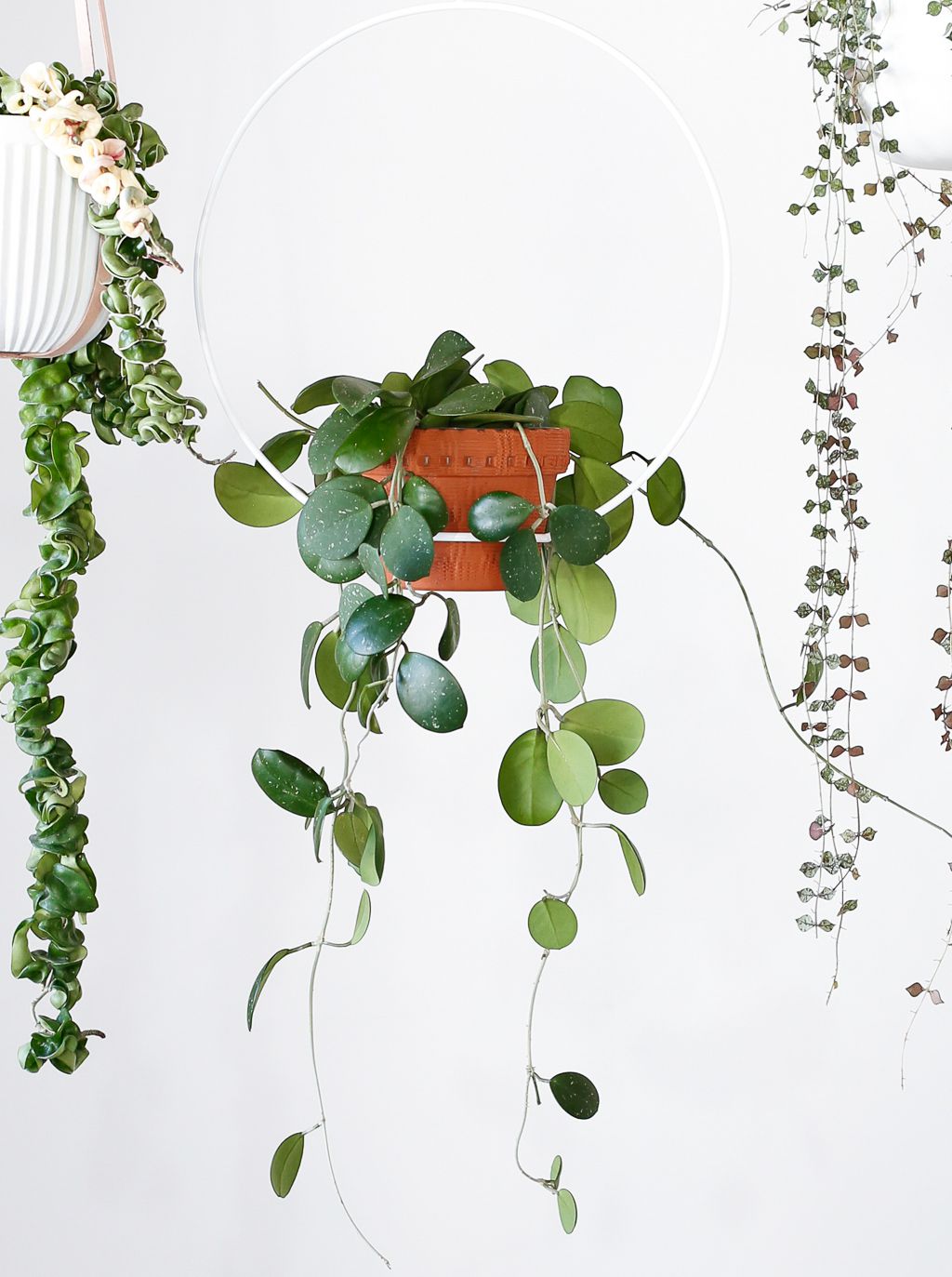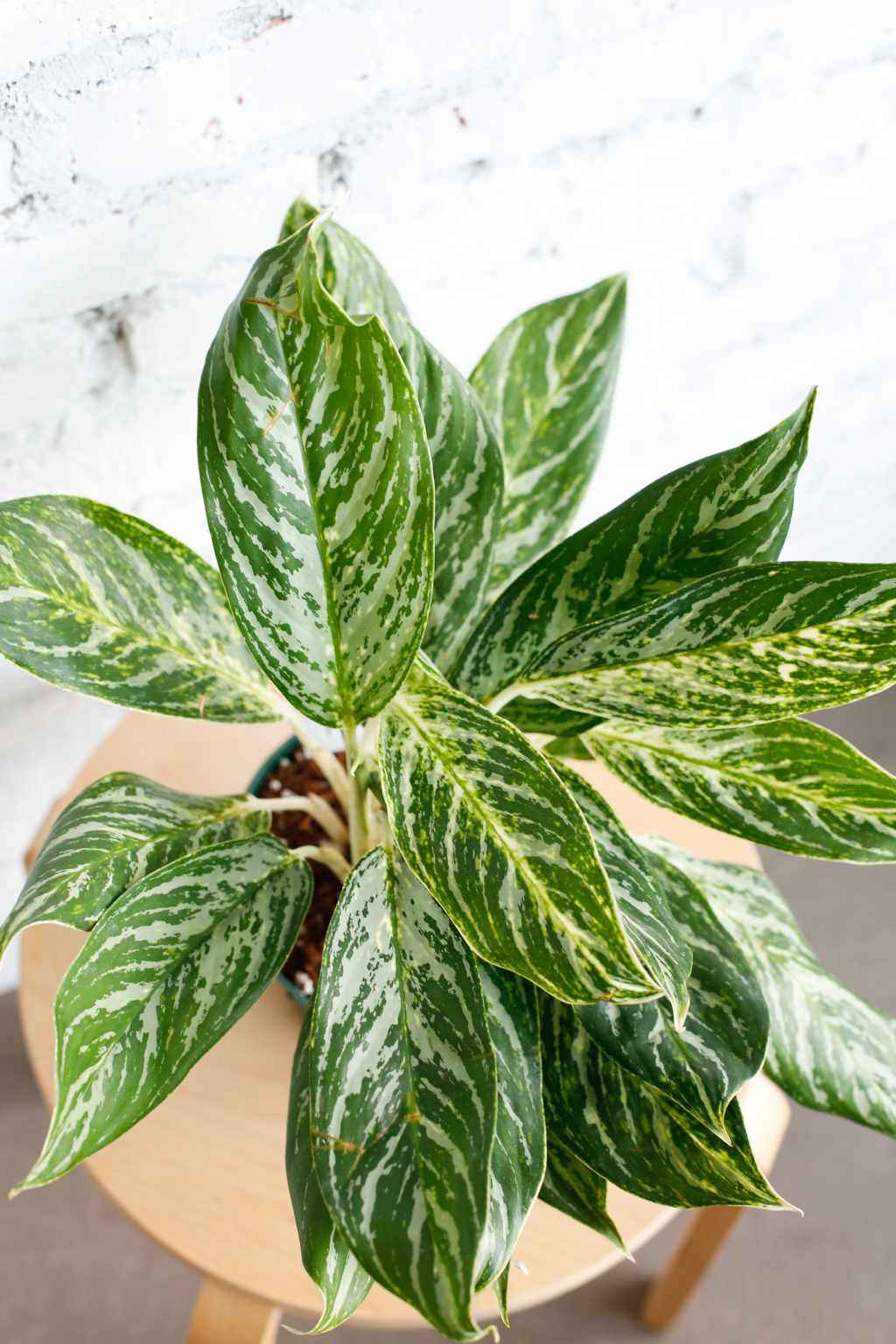
It’s a familiar story: You snag a gorgeous houseplant from the nursery, only to have it languish a few months later, your gardening confidence plummeting with each fallen leaf; best indoor plants! But that doesn’t mean you should give up on houseplants altogether. There are plenty of indoor plants that will thrive with little fuss (and can even survive with less-than-optimal light or sporadic watering). And you don’t have to stick with just a common spider plant. Here’s a look at some of the best stylish, easy-care, and under-the-radar houseplants for beginners. These picks will bring drama to a room—but not your life.
Related Items

Ficus Alii
High-impact but not as high-maintenance as the ubiquitous fiddle-leaf fig, Alii ficus usually has a bushy or lollipop shape, sometimes with a braided trunk. “The tall specimens really provide a focal point to a room,” says Baylor Chapman, stylist and author of Decorating with Plants. This ficus likes bright, indirect light and should be watered thoroughly when the top 1 to 2 inches of soil are dry. It will lean toward the sun, so rotate it periodically to keep it standing straight.

Rabbit’s Foot Fern
“This plant is amazing for so many reasons,” says Darryl Cheng, author of The New Plant Parent and founder of the popular Houseplant Journal. “It’s highly drought tolerant, so you won’t need to water it as frequently as other ferns. Frond turnover is lower than most ferns, so it doesn’t make a mess of leaflets. And it grows well even in low humidity.” Give your rabbit’s foot fern indirect light (it can handle an hour or two of direct sun, and a little more if you can keep up with watering). Water whenever the soil feels dry to the touch.

Satin Pothos
With variegated leaves, satin pothos is more unusual than the standard golden pothos, but it’s just as low maintenance. “I call pothos the ‘Instant Gratification’ plant!” says Maryah Greene, a plant consultant and stylist who founded Your Greene Piece. Because it grows quickly and is forgiving, it’s the one houseplant she always recommends for beginners. Pothos prefer bright indirect light (they will tolerate lower light, but will burn in direct light); allow soil to dry between watering (wilting, leathery leaves are clear signs it’s thirty, says Greene).

Velvet Leaf Philodendron
Subtle yet elegant, this philodendron is “one of our favorite plants,” say Brian Kellett and Emily Brown, founders of Stump nursery. “The dark velvety trailing leaves add a hint of luxuriousness to every room it graces.” That luxuriousness doesn’t come at a cost, however: It can handle lower light as well as bright, indirect light. The amount of water it needs depends on how much light it’s getting, anywhere between once a week to every other week. Plus this plant is easy to propagate to expand your collection or share with others.

‘Sensation’ Peace Lily
“The huge, ribbed leaves and blue-green shade of ‘Sensation’ set it apart from other peace lilies,” says Danae Horst, author of Houseplants for All and founder of Folia Collective. A perfect statement plant, ‘Sensation’ prefers bright, indirect light, but will tolerate medium light (it may look less full and produce smaller leaves); water when the top third of soil is dry. If your peace lily looks wilted, don’t worry: It’s just a sign it’s thirsty. Give it a deep watering and it will “perk right back up,” says Horst.

Fishbone Prayer Plant
“If you want to enjoy a calathea-style pattern and color scheme without the calathea drama, get a Ctenanthe burle-marxii, commonly known as the fishbone prayer plant,” suggests Cheng. “It is a very satisfying plant to own because it tends to remain bushier than most calatheas.” While it’s fairly tough, the plant will do best in bright, indirect light (direct light will scorch the leaves), water when the top half-inch of soil has dried, and high humidity (this is a great plant for your bathroom).

ZZ Plant
This is such a no-fail indoor plant for beginners, Kellett and Brown call it the “easy zz.” Besides the ZZ plant’s fun name, plant parents love it because “it’s extremely low maintenance, meaning it doesn’t mind being placed in areas with low light, and only requires watering once per month,” they say. “One of our favorite characteristics of this plant is the striking color of the new growth. The new leaves are lime-green when they first appear, and as they age, they turn to a darker forest green.”

Hoya obovata
“Many hoyas are easy care, as long as you have bright filtered light, because they do well if their soil can dry all the way through between waterings,” says Horst. Hoya obovata is particularly special, thanks to its thick, round leaves on trailing stems. “You can let them cascade down or train them to climb a trellis or hoop,” says Horst.

‘Emerald Ripple’ Peperomia
The peperomia family includes plants with interesting leaf shapes, textures, and colors. ‘Emerald Ripple’ stands out because it’s “an easy plant with a whole lot of interest,” says Chapman. “Its thick, fleshy leaves can retain moisture for longer periods of time—great for someone who wants a more hands-off gardening approach.” It will thrive in bright indirect light, but can handle a little less too.

‘Golden Madonna’ Aglaonema
“With over 100 species and varieties of Aglaonema, commonly known as Chinese evergreen, there are so many options, but one of my low-key favorites is ‘Golden Madonna,'” says Horst. “It can tolerate medium light and bounce back easily from dry spells,” plus she notes that its unique cream-striped leaves bring both color and eye-catching pattern to a room; best indoor plants!
Comments are closed